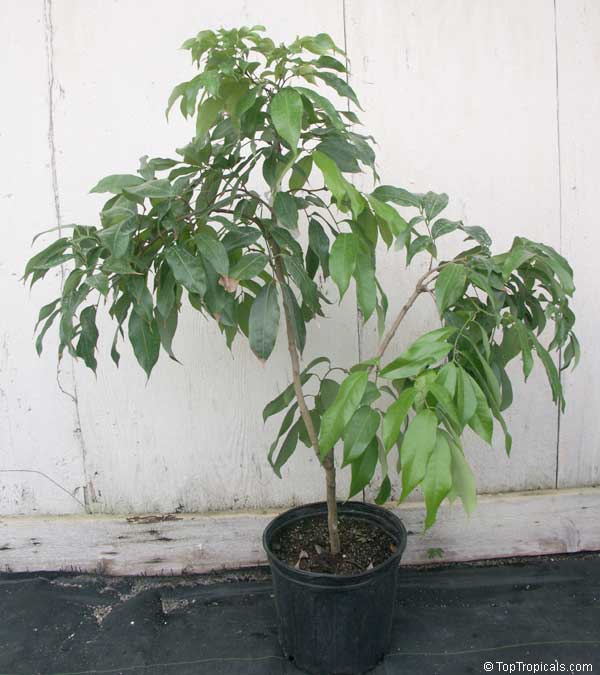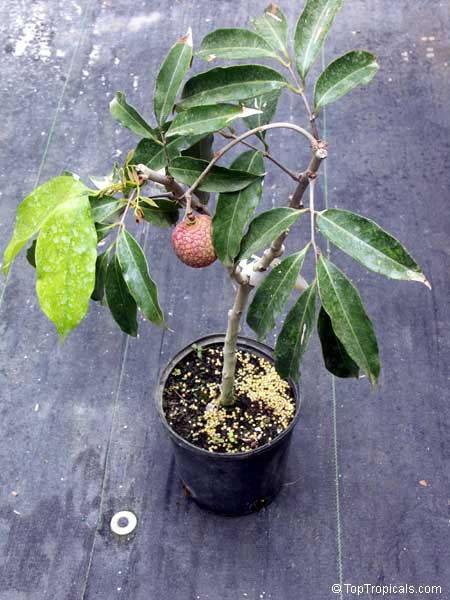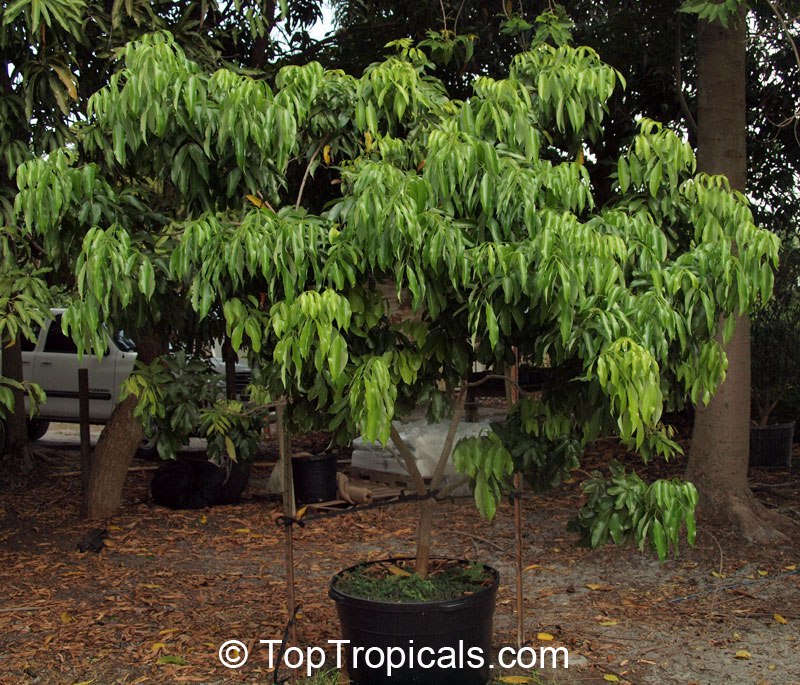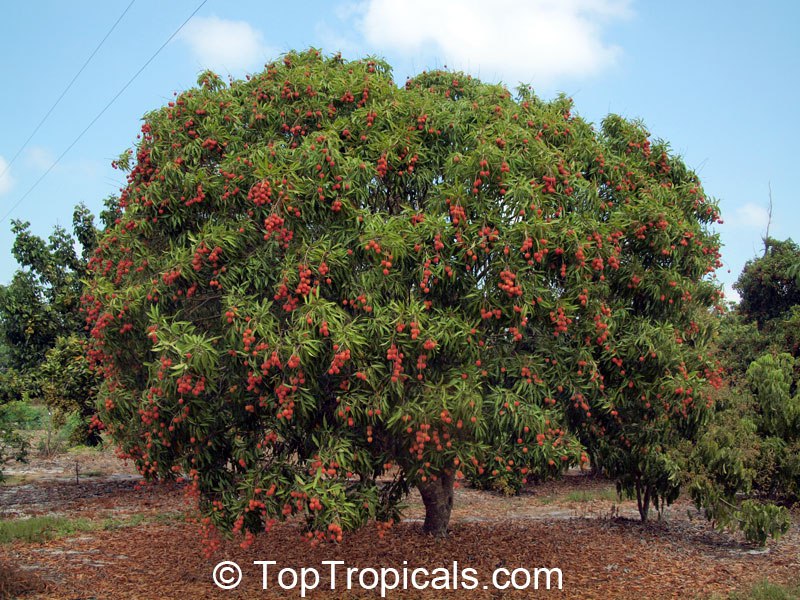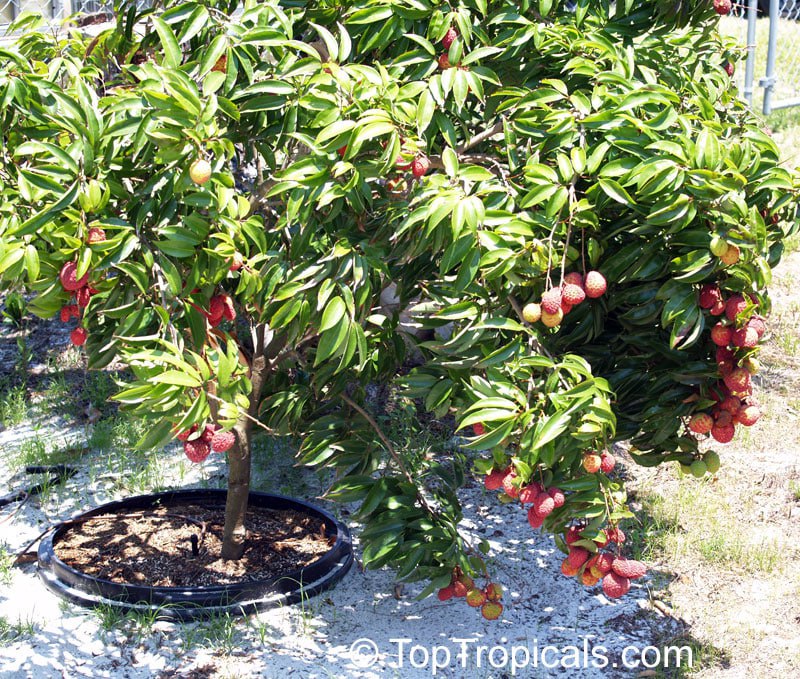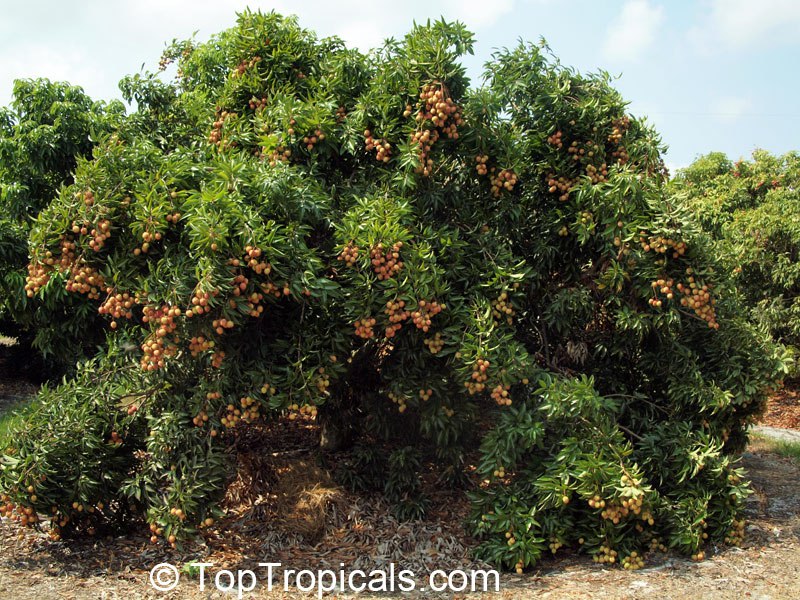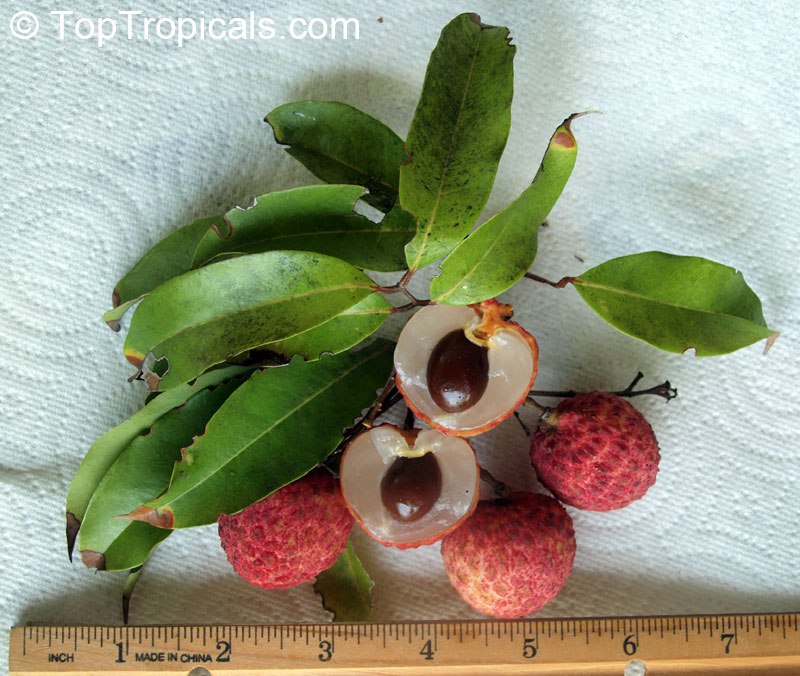Garden Blog - Top Tropicals
Discover 10 best fruit trees to grow in Florida and Southern landscapes
1. Mango (Mangifera indoca)
2. Avocado (Persea americana)
3. Tropical Cherries (Eugenia sp.)
4. Barbados Cherry (Malpighia glabra)
5. Noni (Morinda citrifolia)
6. Macadamia Nut (Macadamia integrifolia)
7. Papaya (Carica papaya)
8. Guava (Psidium sp.): Cattley and Tropical guava
9. Jackfruit (Artocarus heterophyllus)
10. Loquat (Eriobotrya japonica)
Stay with us to learn more about these trees in the following posts and make sure to subscribe! ⬇️
📚 Learn more from previous posts:
🛒 Shop fruit trees
#Food_Forest
🔴 Join 👉 TopTropicals
What is the best fruit tree producing in winter
Loquat flowers
- 🍑 If you answered the quiz What makes loquats different from other fruits - then you know that Loquat trees flower and produce fruit during the winter months, making them a rare source of fresh fruit when most other trees are dormant.
- 🍑 Loquat flowers are very pretty! Loquats are relatives of Apples, Peaches, Plums and Pears - they belong to Rosaceae family.
🎥 Loquats are in full bloom in our garden now. The fruit will ripen by April
📚 More about Loquat from previous posts:
- 💋Top 10 fruit you'll ever need for your health benefits: #10 Loquat
- 💋Loquat Liquor recipe
- 💋Top 10 fast-fruiting trees:#5. Loquat (Eriobotrya japonica)
- 💋Golden Loquat – the Symbol of Prosperity, and it tastes like apricots
🛒 Plant a Loquat Tree
#Food_Forest #Fun_Facts #Loquat
🔴 Join 👉 TopTropicals
What is the biggest papaya fruit on the smallest tree?
Papaya TR Hovey
🍈 We discovered an amazing Papaya variety. It is called TR Hovey. This dwarf tree is only 4-5 ft tall and yet produces giant sweet papayas size of a melon!
📚More about Papaya from earlier posts:
Carefree Garden: How Easy Is It to Grow a Papaya Tree?
Top 10 fruit you'll ever need for your health benefits: #4 Papaya
Top 10 fast-fruiting trees: #6. Papaya
How to have fresh Papaya fruit year around
Top 3 most wanted Papaya varieties
The truth about Papaya
Papayas contain a secret enzyme
🛒 Shop Papaya trees
#Food_Forest #Papaya
🔴 Join 👉 TopTropicals
How to Grow Jackfruit: Practical Guide
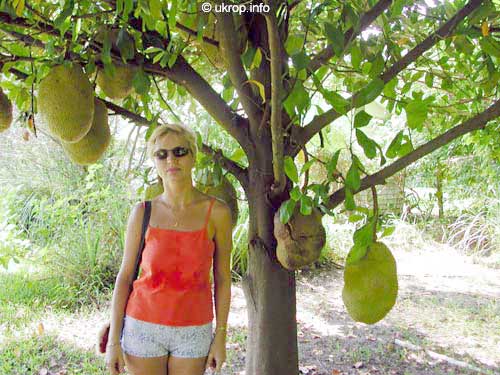
Jackfruit (Artocarpus heterophyllus) tree

Jackfruit (Artocarpus heterophyllus) fruit

Jackfruit (Artocarpus heterophyllus) fruit at the base of the tree
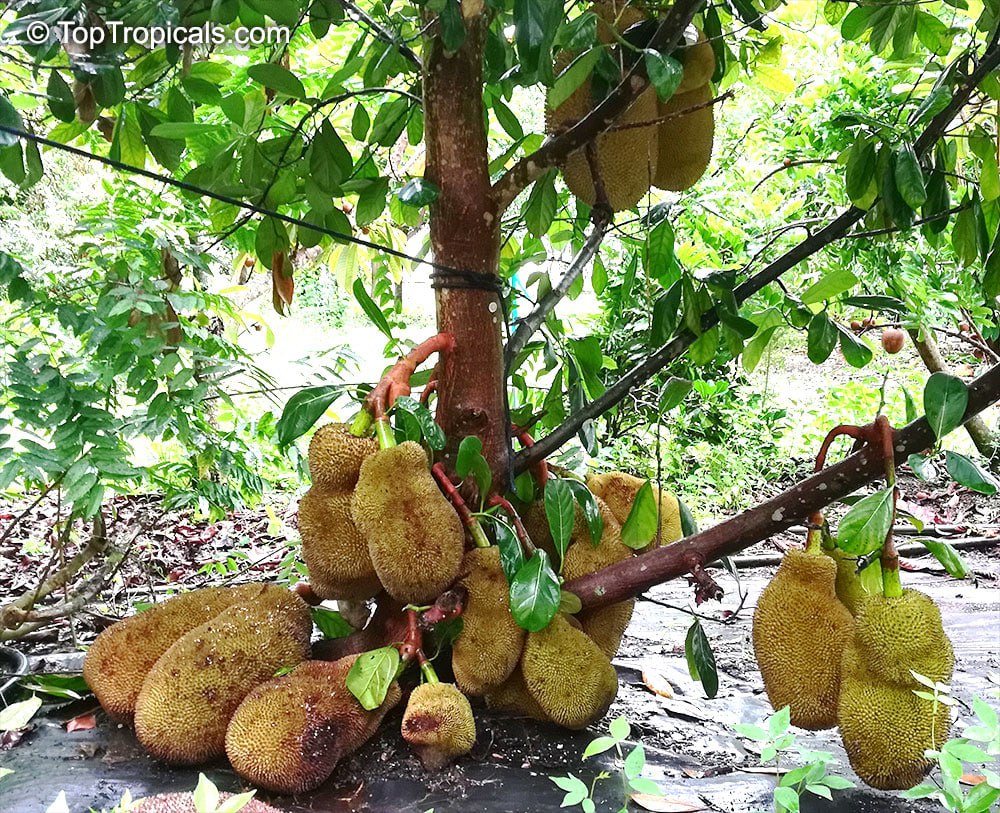
Jackfruit (Artocarpus heterophyllus) fruit at the base of the tree
- 🍈 Jackfruit (Artocarpus heterophyllus) is a tropical tree that produces the largest fruit in the world, weighing up to 80 pounds and reaching 36 inches in length. The trees thrive in frost-free, humid climates with plenty of sunlight. They require well-draining soil rich in organic matter and regular watering to flourish. Despite their reputation as ultra-tropical, mature Jackfruit trees can tolerate light frost for a few hours without significant damage. Additionally, they can be grown in containers in colder areas with proper care and pruning.
- 🍈 What Climate is Essential for Growing Jackfruit Trees?
- 🍈 How Often Do Trees Need Fertilizing, and What is the Best Type of Feed?
- 🍈 How Important is Pruning, and When is the Right Time to Prune?
- 🍈 Key Tips for Successful Jackfruit Production
Jackfruit trees require a tropical or subtropical climate, with temperatures ideally between 60-95°F. While young trees are frost-sensitive, mature trees can withstand light frost for short periods. However, cold winters can reduce fruit production. Frost-free temperatures are crucial for optimal growth and fruiting.
Jackfruit trees are heavy feeders. Fertilizing them regularly is key to their health and productivity. During the active growing season (spring to fall), apply a balanced dry fertilizer once a month. Liquid amino-acid-based fertilizers, such as Sunshine Boosters, can be used year-round with every watering. These fertilizers help maintain healthy growth and encourage abundant fruiting. Supplement with organic matter like compost, manure, or peat moss to enrich the soil.
Pruning is essential for maintaining a manageable tree size and promoting healthy fruit production. Jackfruit trees produce fruit at the base of the trunk, allowing them to be pruned annually to a height of 7-12 feet. This practice not only makes harvesting easier but also encourages more fruiting. Prune after the fruiting season or in late fall to remove excess growth and shape the tree. Regular pruning also improves air circulation and reduces the risk of disease.
- · Climate: Ensure frost-free temperatures and adequate humidity.
- · Soil: Use well-draining soil enriched with organic matter.
- · Watering: Maintain consistent soil moisture without waterlogging.
- · Pruning: Keep the tree under 7-10 feet for easier management and better yield.
- · Fertilizing: Apply balanced fertilizers and supplements regularly.
🍈 Jackfruit facts
- · The fruit consists of large, edible bulbs of yellow, sweet, banana-pineapple-flavored aromatic flesh.
- · Seedlings start fruiting within 3-4 years, with fruit ripening 4-6 months after flowering.
- · A mature tree can produce up to 200 pounds of fruit annually.
- · For colder regions, growing Jackfruit in containers is an option, provided the tree is regularly pruned and topped.
👍 Jackfruit trees grow fast and fruit abundantly with proper care, making them an exotic addition to tropical fruit collections.
📚 From previous posts:
The largest tree-borne fruit in the world
How to grow the biggest fruit on Earth
🛒 Plant your own Jackfruit
#Food_Forest #How_to
🔴 Join 👉 TopTropicals
How to take care of a mango tree in winter
❄️ Watering
❄️ Fertilizing
❄️ Temperature Protection
❄️ Sunlight
❄️ Check for Pests
During winter, mango trees need minimal watering. Overwatering can cause root rot, especially when temperatures are low. Water the tree only when the soil feels dry about 2 inches deep.
Avoid feeding in the winter with dry fertilizer. It may cause root burn, plus encourages new growth that is more susceptible to cold damage. Wait until spring when the weather warms up to resume heavy feeding your tree. You can continue using Sunshine Boosters natural liquid fertilizers - Sunshine Mango Tango: it is safe to apply year around since its intake is regulated by reduced water, and only the necessary amount of essential elements will be delivered.
Mango trees are sensitive to cold. If you live in a region with freezing temperatures, move your mango tree indoors or to a sheltered location like a garage with a bright light source. If it's in a small container, consider bringing it inside for the winter.
Ensure the tree gets as much sunlight as possible. If indoors, place it near a South-facing window where it can soak up the sun during the day.
Winter can bring pests indoors. Regularly inspect the tree for any signs of insect problems around the leaves and stems.
By following these guidelines, your mango tree will be healthier and better prepared for the next growing season.
📚 Learn more: Mango trees and how to deal with cold weather.
🛒 Shop Mango varieties
📝 Earlier posts on #Mango:
- 🔸 What are the Condo Mangos? A Practical Guide
- 🔸 Mango rainbow: What's the taste of that mango variety?
- 🔸 5 most Favorite Mango Varieties
- 🔸 Top 10 Dwarf "Condo" Mango
- 🔸 Top 5 vigorous growers and reliable producers
- 🔸 Top 5 exotic Mango varieties for rare fruit collection
- 🔸 How to grow a mango tree
- 🔸 How to protect mango fruit from rodents
#Food_Forest #Mango
🔴 Join 👉 TopTropicals


